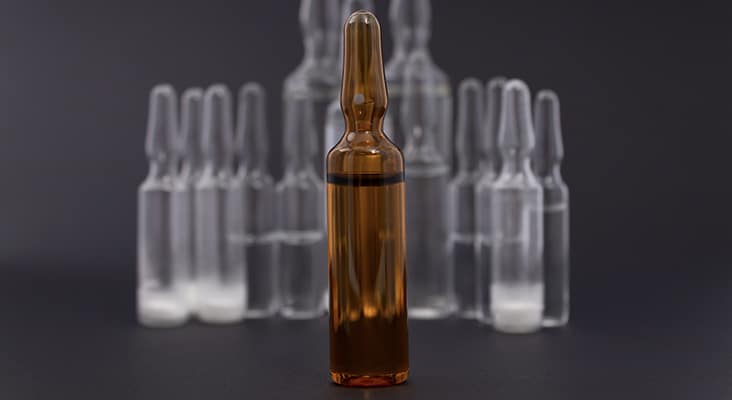The Safe Use of Topical Anesthetics
Dental topical anesthetics are among the most common drugs used in patient care, but their risks and adverse reactions are not always well known; in addition, many practitioners are not well versed in United States Food and Drug Administration (FDA) regulations regarding their use. Many topical anesthetics are formulated in higher concentrations than their injectable counterparts, which increases their toxic potential—especially if the agents are misused. To ensure patient safety, clinicians who apply topical anesthetics should be familiar with safe application techniques, contraindications, and possible adverse reactions.
In the 20% concentration, benzocaine gel is the most commonly used topical anesthetic in dentistry, with an onset time of 30 seconds and duration of 5 minutes to 15 minutes.
 vlada_maestro / iStock / Getty Images Plus
vlada_maestro / iStock / Getty Images Plus
The typical onset time for 2% topical lidocaine is 3 minutes to 5 minutes, and its duration is 15 minutes; the MRD for 2% lidocaine is 600 mg in adults and 300 mg in children.
 Tashatuvango / iStock / Getty Images Plus
Tashatuvango / iStock / Getty Images Plus
A combination of three ester topical anesthetics—2% tetracaine, 14% benzocaine, and 2% butamben—is available in gel, spray, and liquid forms.
 Aleksandr Pevve / iStock / Getty Images Plus
Aleksandr Pevve / iStock / Getty Images Plus
It is common for dental practices to use compounded topical anesthetics and no safety concerns exist.
 metamorworks / iStock / Getty Images Plus
metamorworks / iStock / Getty Images Plus
Products that contain phenylephrine or some type of vasoconstrictor are usually light-sensitive and have a shelf life of approximately how many days?
 Rowan Jordan / iStock / Getty Images Plus
Rowan Jordan / iStock / Getty Images Plus
The first FDA-approved drug that provides pulpal anesthesia without requiring injection is a nasal spray formulated with 6 mg tetracaine HCl and 0.1 mg oxymetazoline HCl in each 0.2 ml spray.
 Serhii Brovko / iStock / Getty Images Plus
Serhii Brovko / iStock / Getty Images Plus
Contraindications of the nasal spray include which of the following?
 solidcolours / iStock / Getty Images Plus
solidcolours / iStock / Getty Images Plus
Share your Results:


I appreciated this topic! Thank you for presenting this and the quiz.